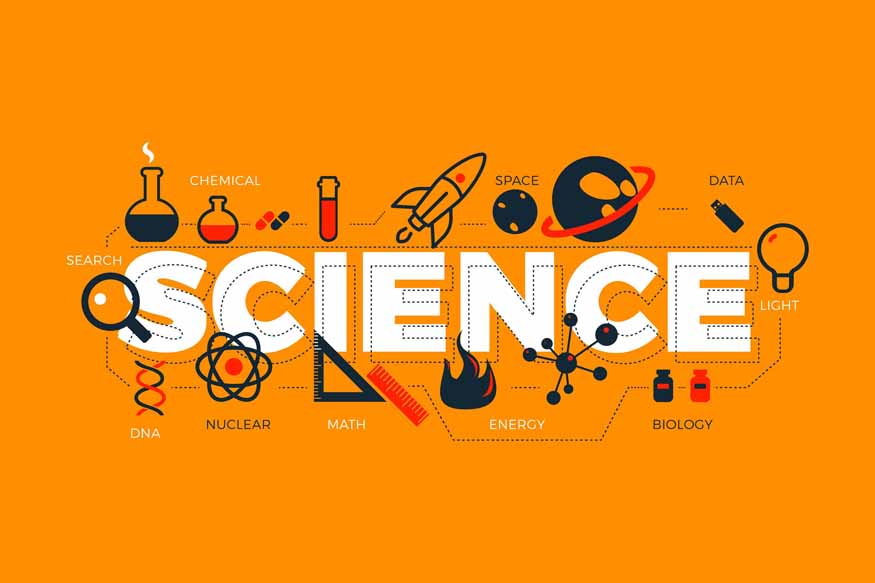
Science plays an increasingly significant role in people's lives, making the communication by journalists in the popular media of scientific developments more important than ever. Yet such communication is fraught with challenges that can easily distort discussions and lead to unnecessary confusion.
Some problems stem from the esoteric nature of current research and the associated difficulty of coming up with sufficiently faithful terminology. Abstraction and complexity are not signs that a given scientific direction is wrong, but instead a tribute to the success of human ingenuity in meeting the challenges that nature presents. They can, however, make communication more difficult.
But many of the biggest challenges for scientific reporting arise because, in areas of evolving research, scientists tend to be specialists and often only partly realize the significance of any particular advance or development. Since that partial understanding applies to most of the scientific developments that directly affect people's lives, such as cancer research and diet studies, learning how to overcome it is critical to stimulating a more informed scientific debate among the broader public.
Ambiguous word choices are the source of some misunderstandings. Scientists often employ common terminology, to which they then assign a specific meaning that is impossible to fathom without a precise definition. Take Einstein's famous theory of relativity. The term "relativity" here is intrinsically misleading. Many interpret the theory to mean that everything is relative and there are no absolutes. Yet although the measurements any observer makes depend on their coordinates and reference frame, according to Einstein's theory, the physical phenomena they measure, in fact, have an invariant description that transcends that observer's particular coordinates. The physical phenomena are not relative. Even Einstein admitted that the term relativity was probably misleading.
But not all communication problems stem solely from poor word choices. Some are inherent in the intrinsically complex nature of much of modern science. Science sometimes transcends this limitation: remarkably, chemists were able to detail the precise chemical processes involved in the destruction of the ozone layer, making the evidence that chlorofluorocarbon gases (Freon, for example) were destroying the ozone layer successfully conveyed to the public.
How journalists report scientific developments on vital issues of the day that are less well understood, or in which the connection is less direct, is a more complicated question. Global warming patterns are a case in point. Even if we understand some effects of carbon dioxide in the atmosphere, it is difficult to predict the precise chain of events that a marked increase in carbon dioxide will cause. The distillation of results presented to the public in such cases should reflect at least some of the subtleties of the most current developments. Balanced reporting, of course, usually helps public understanding. Journalists should seek to offer balance by providing opposing or competitive views on any controversial issue. But almost all newly discovered results will have some supporters and some opponents, and only time and more evidence will sort out the true story. However, a real problem in the global warming debate was that the story was reported in the press in a way that suggested some scientists believed it was a legitimate issue and some didn’t, even long after the bulk of the scientific community had recognized the seriousness of the problem.
A better understanding by the general public of the mathematical significance of results would help to clarify many scientific discussions. Statistical analysis can show whether particular results are significant or could occur simply by chance. A few years ago, the Harvard University faculty was tortured by empty debates over the relative intrinsic differences in the scientific abilities of men and women. One of the more amusing aspects of the discussion was that those who believed in the differences and those who didn’t used the same evidence in their opposing arguments about gender-specific scientific ability. How could that be? The answer is that the data did show gender differences, but no statistically significant differences in inherent scientific ability based on gender.
There are steps we can take to improve public understanding of scientific developments. The first would be to inculcate greater understanding and acceptance of indirect scientific evidence not directly observable by human scientists. The information from an unmanned space mission is no less legitimate than the information from one in which people are on board. Second, we might need different standards for evaluating science with urgent policy implications as opposed to research with a purely theoretical value. Third, it would be better if scientists were more prepared to discuss the mathematical significance of their results, and if the public didn’t treat math as quite so scary; statistics, which tell us the uncertainty in a measurement, give us the tools to evaluate new developments fully.
But fourth, and most important, people have to recognize that science can be complex. If we accept only straightforward stories, the description will necessarily be distorted. When advances are subtle or complicated, scientists should be willing to go the extra distance to give proper explanations, and the public should be more patient about the truth. Even so, some difficulties are unavoidable. Most developments reflect work in progress, so the story is complex because no one yet knows the big picture. Although the more involved story might not have the same immediate appeal, the truth in the end will always be far more interesting.